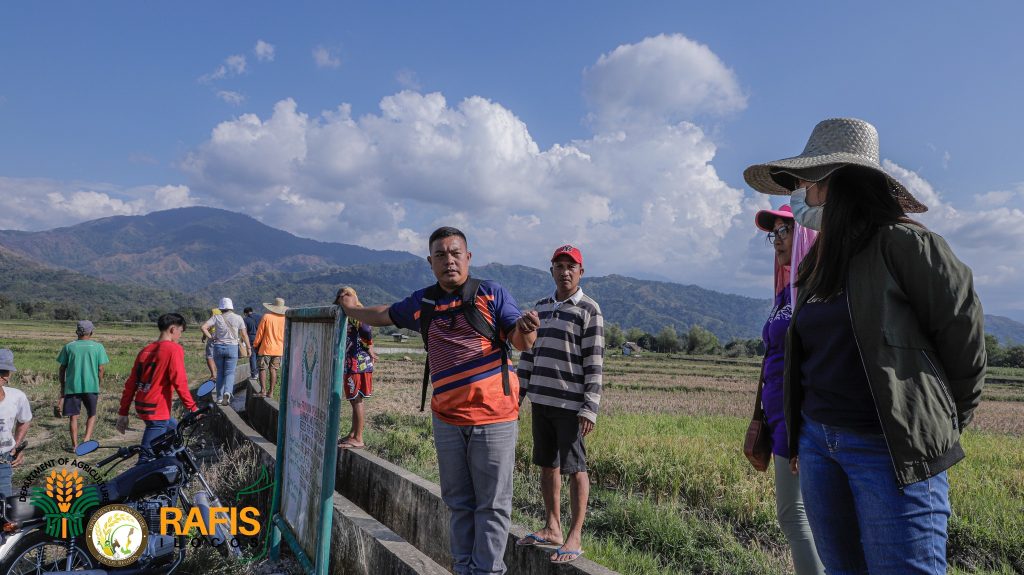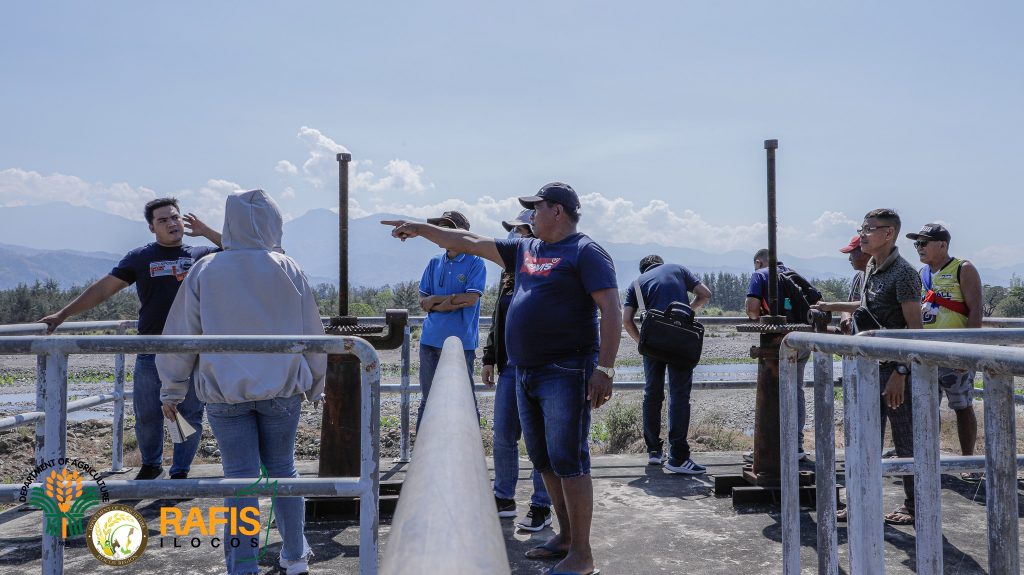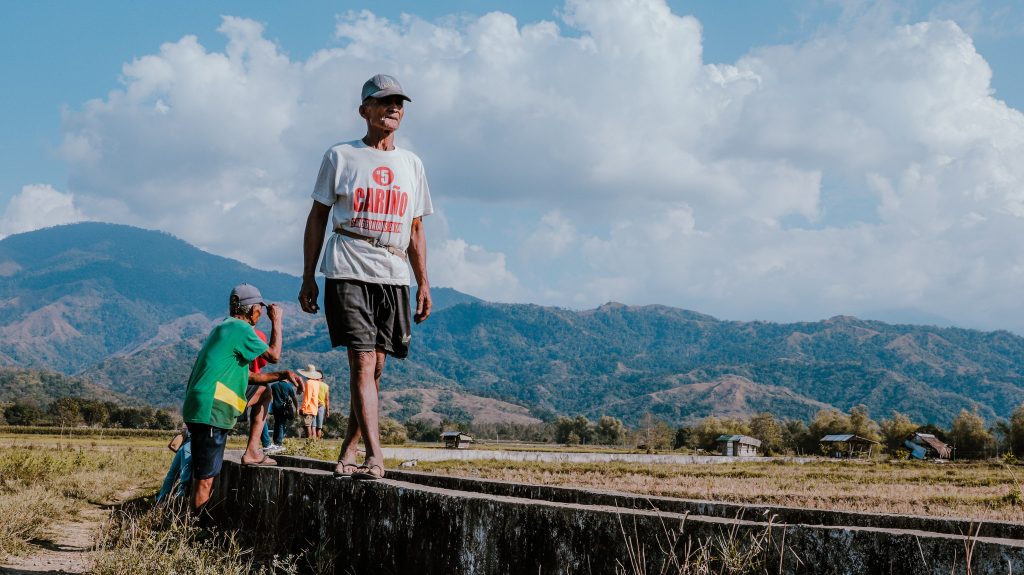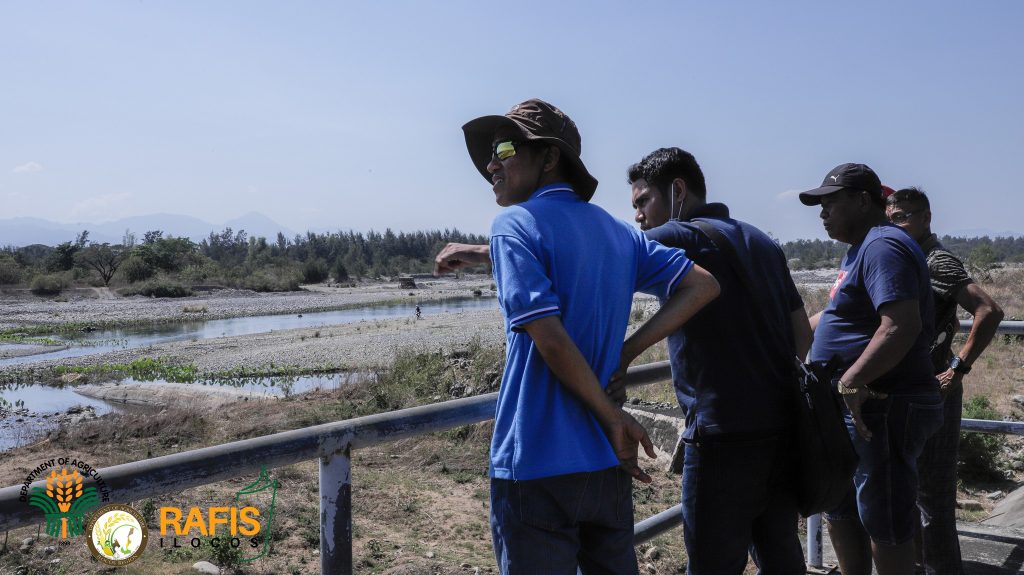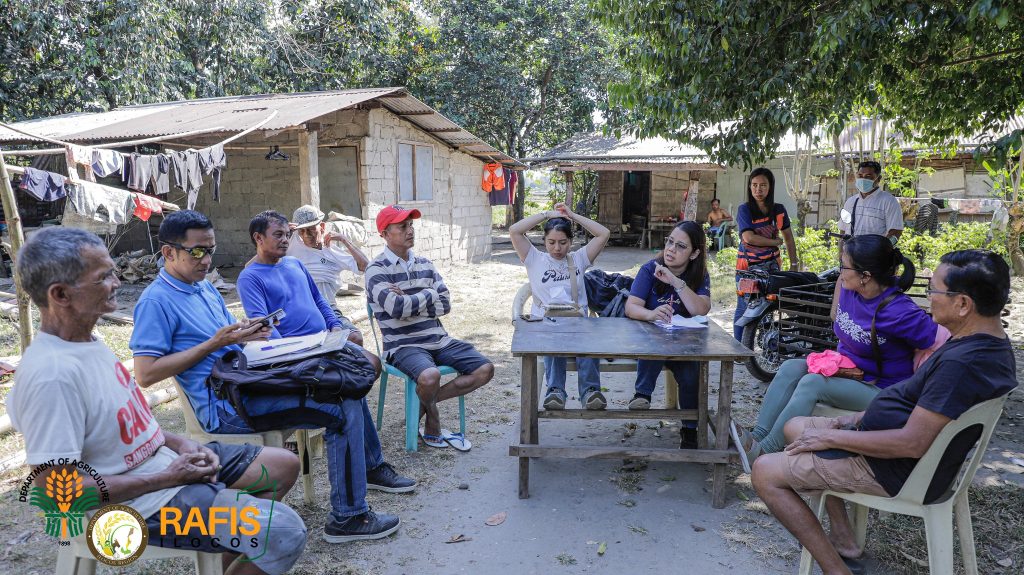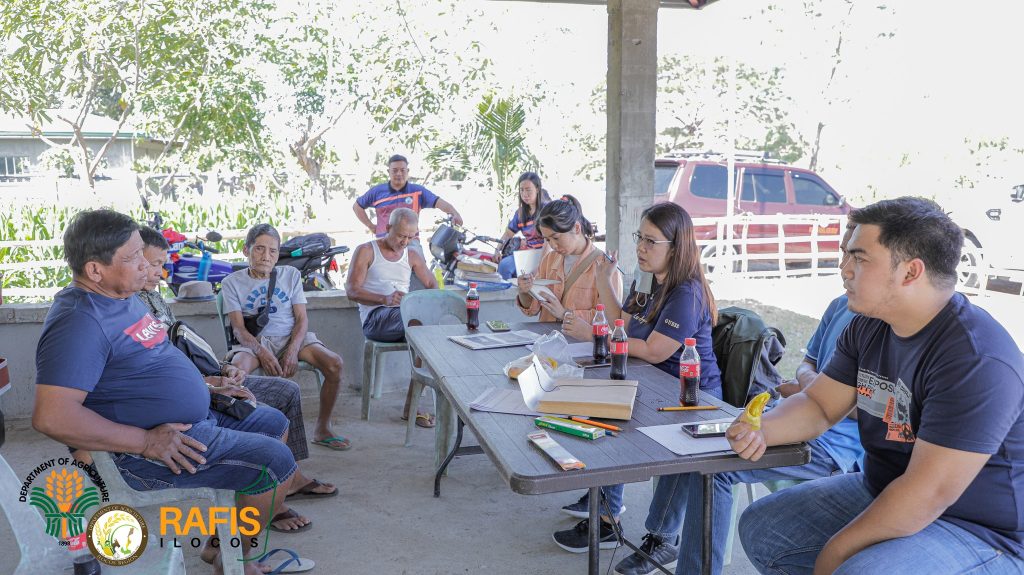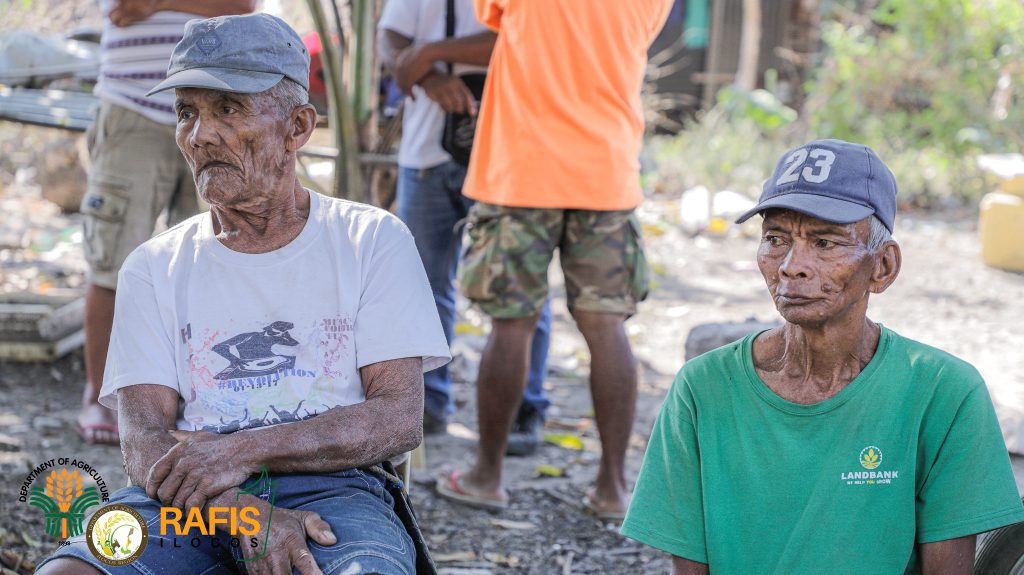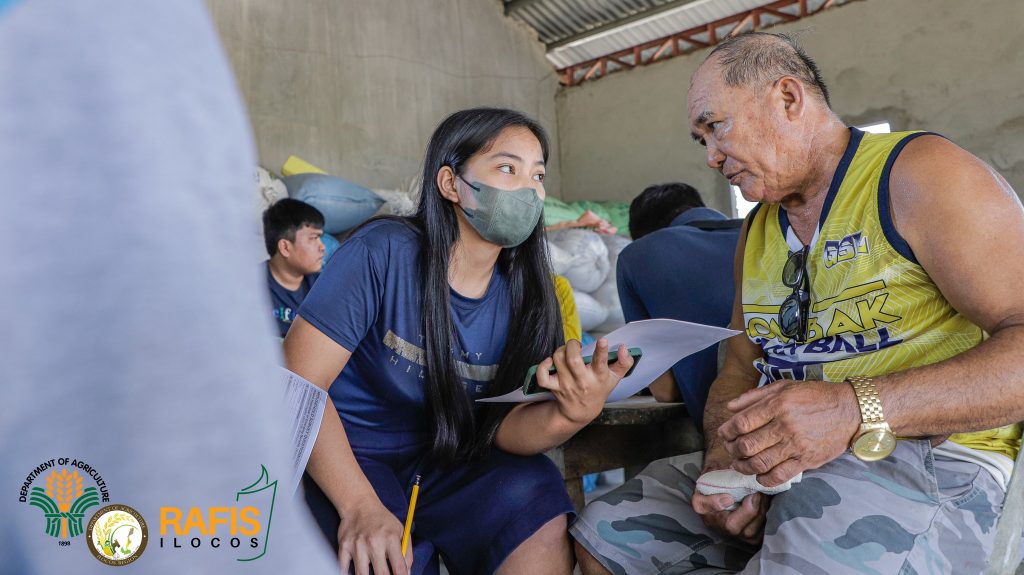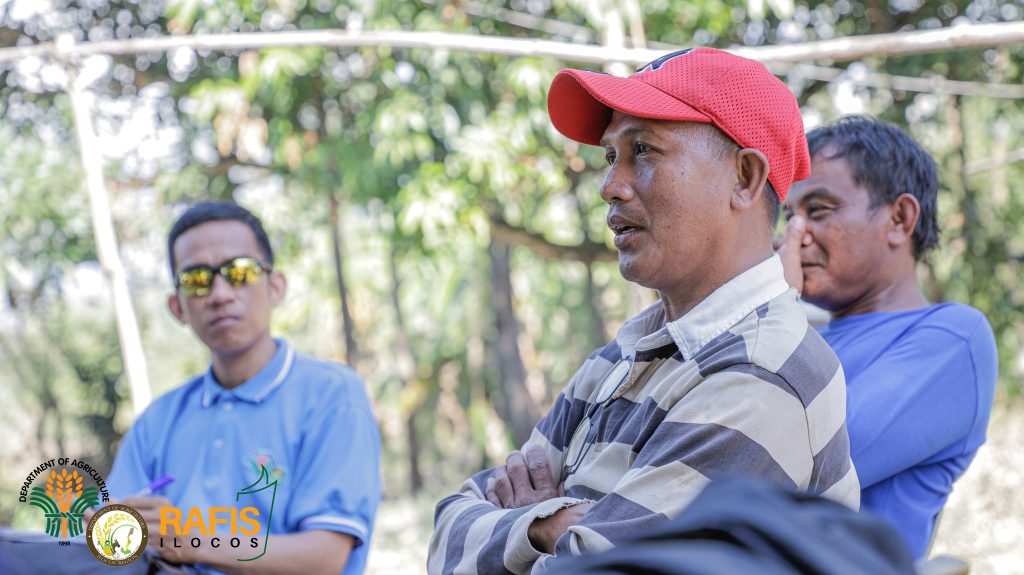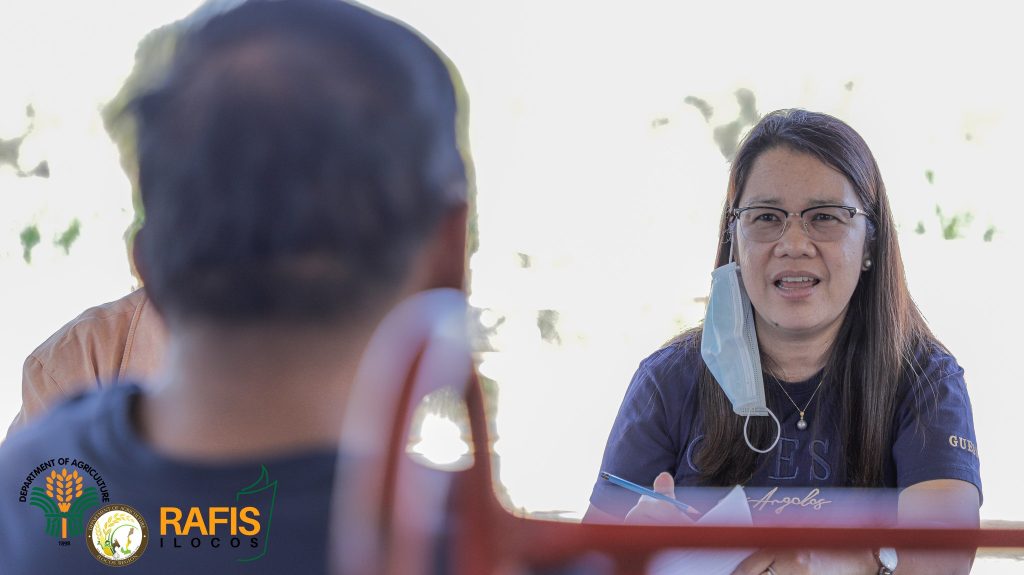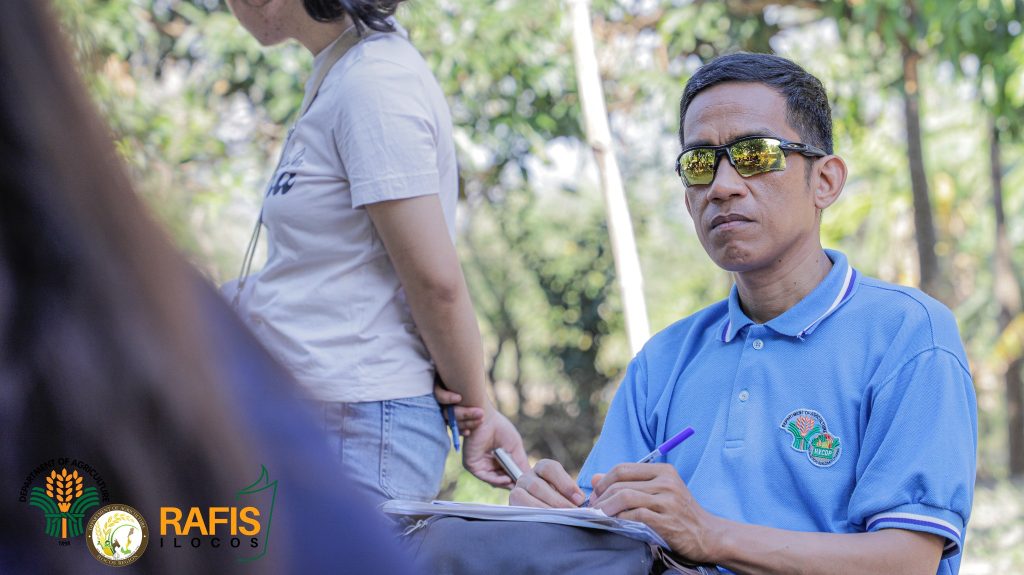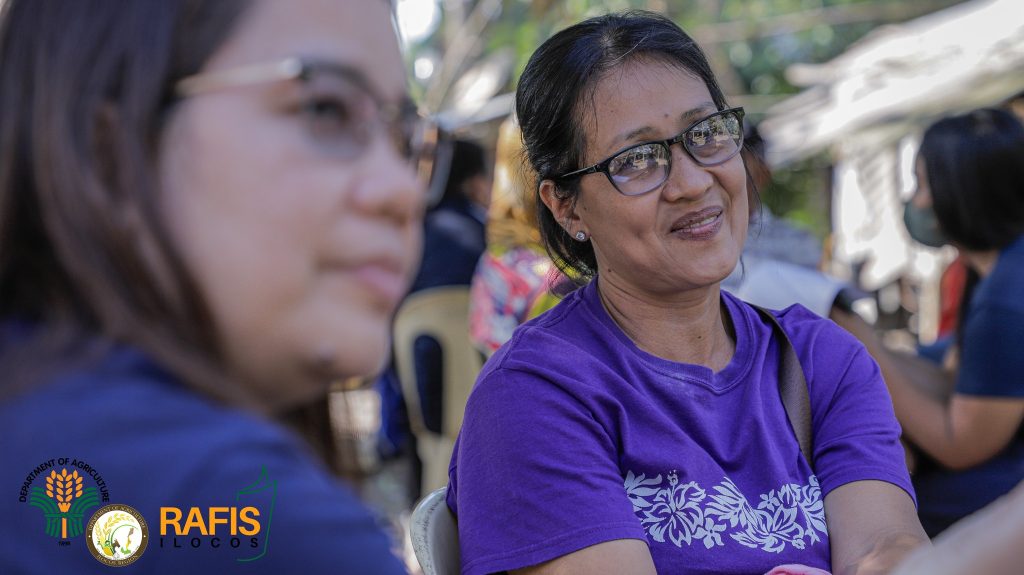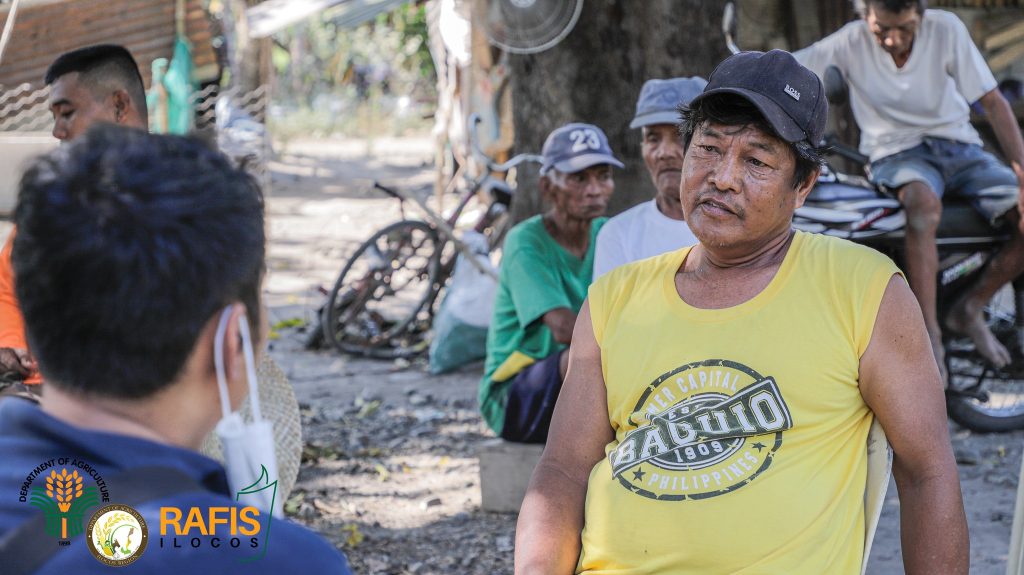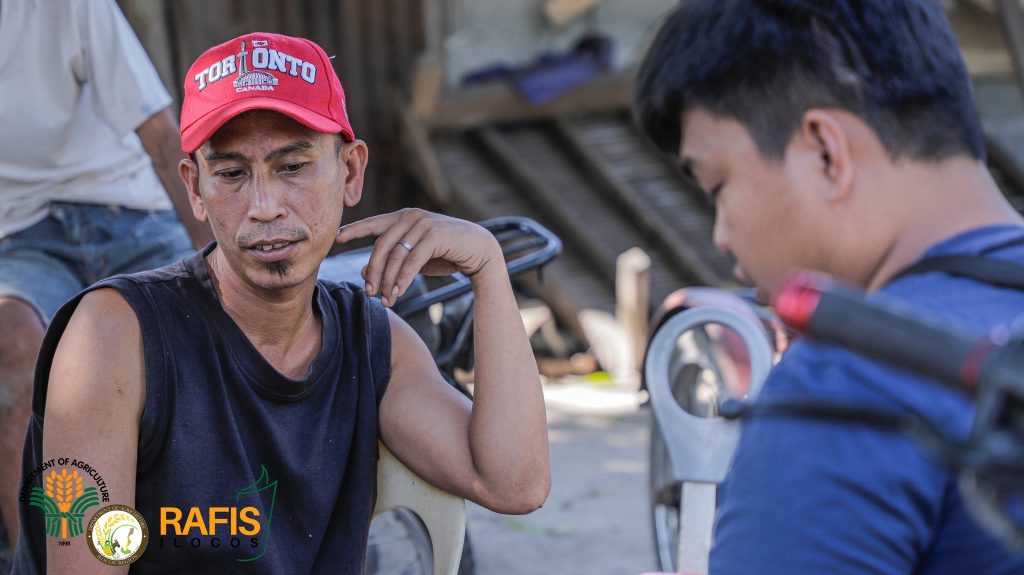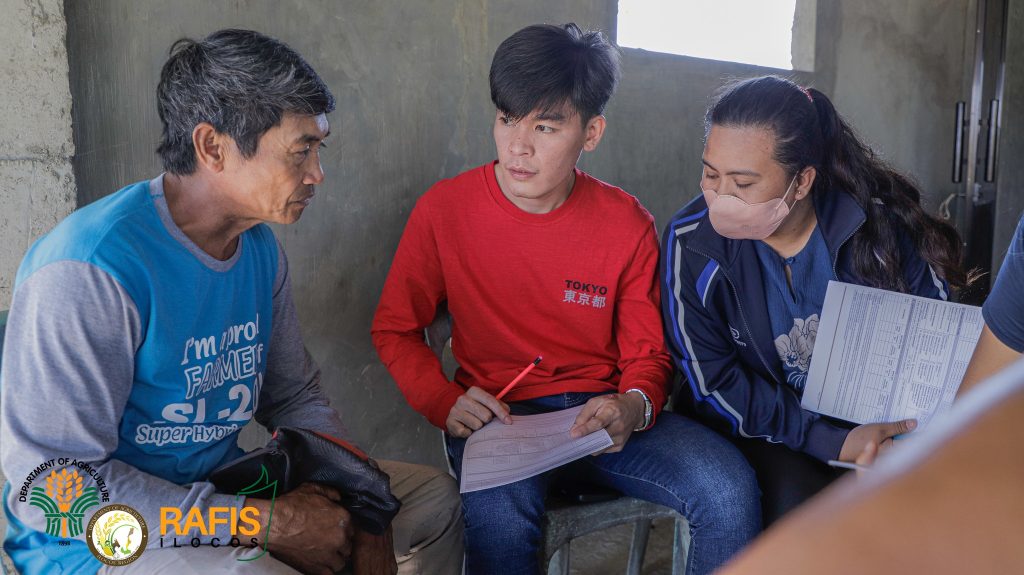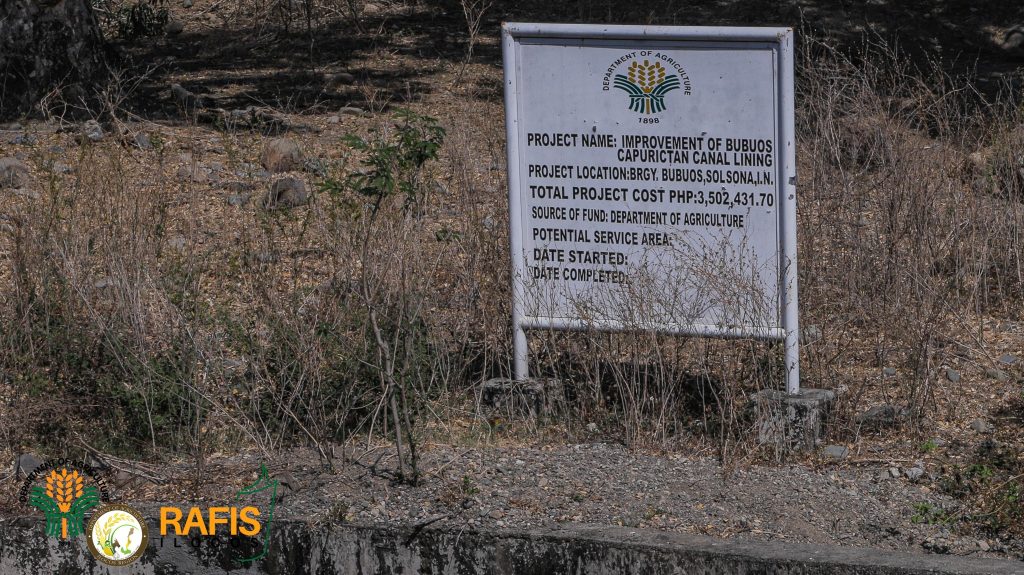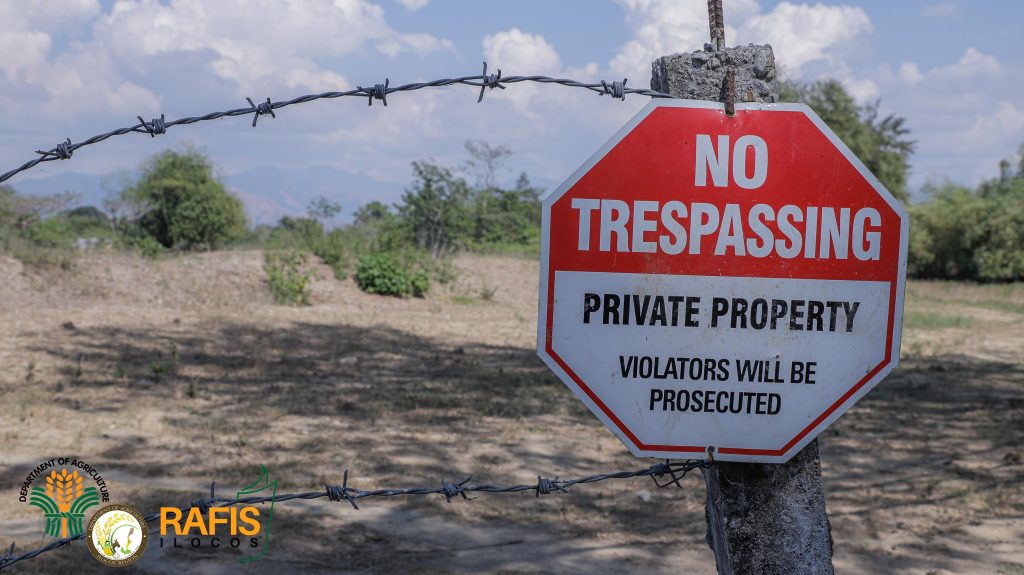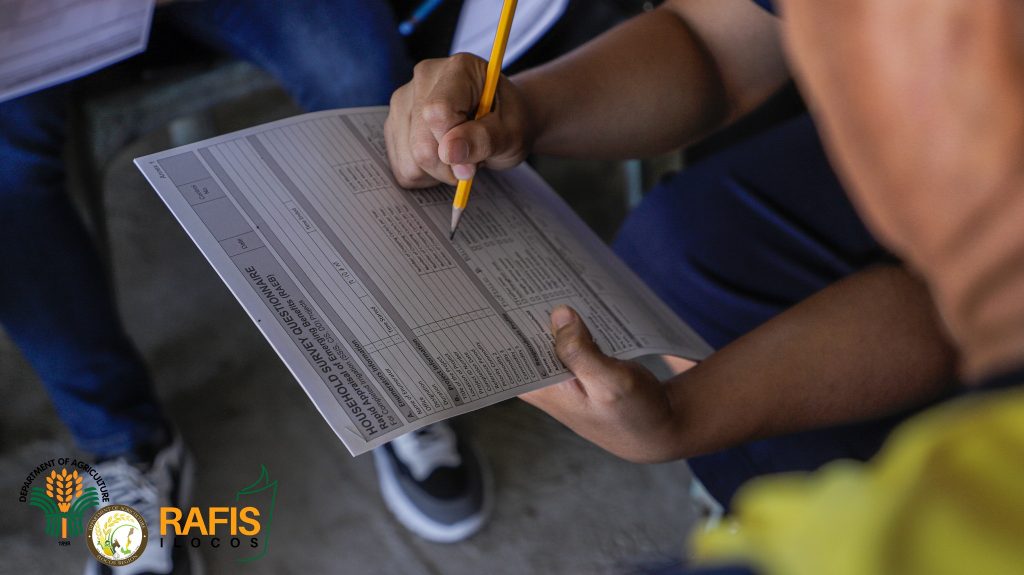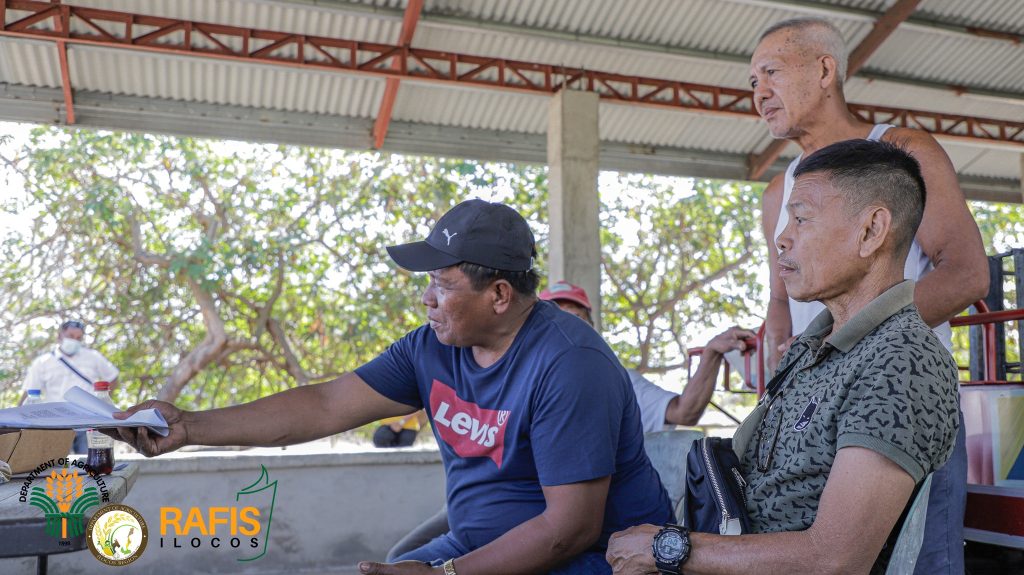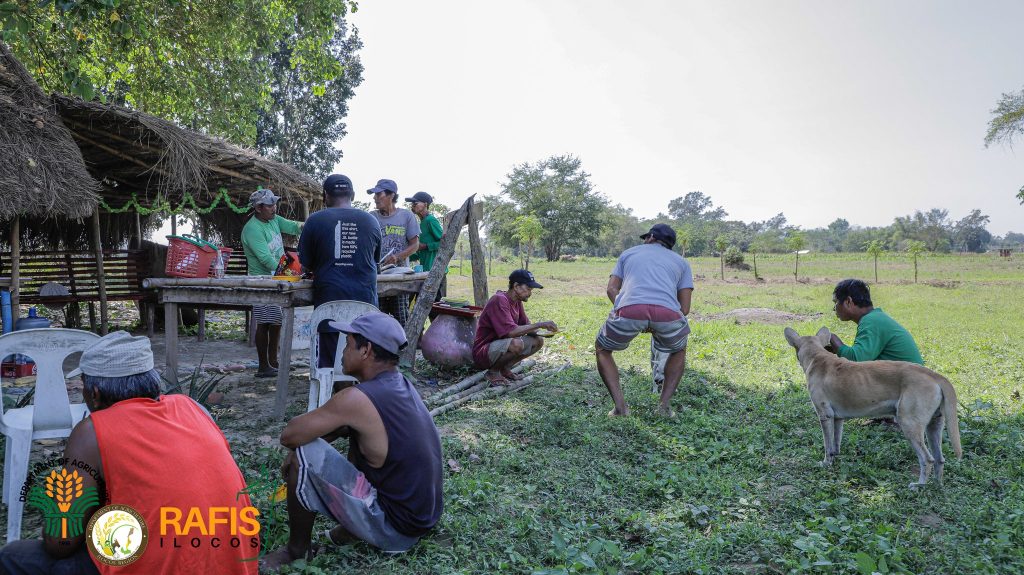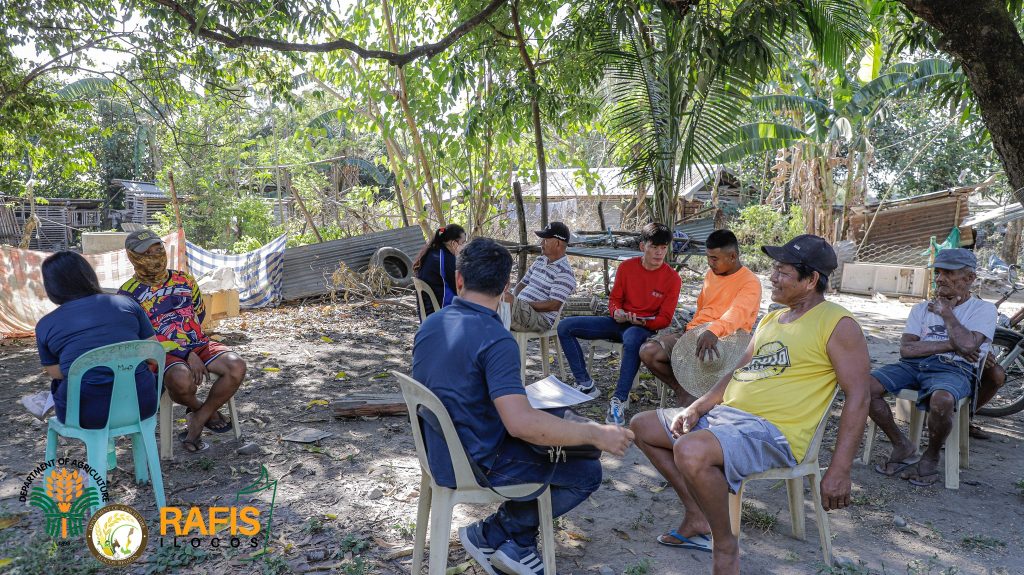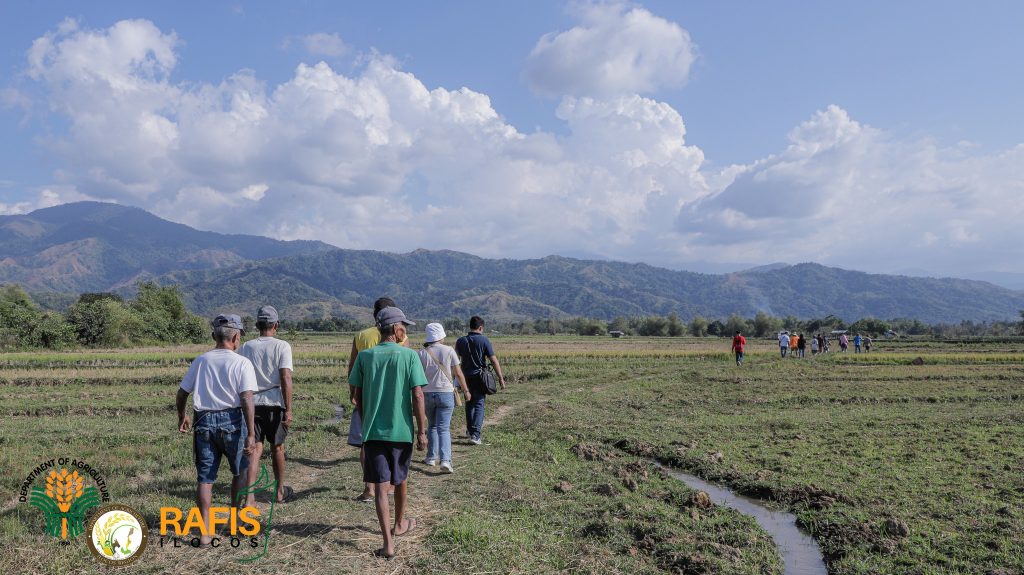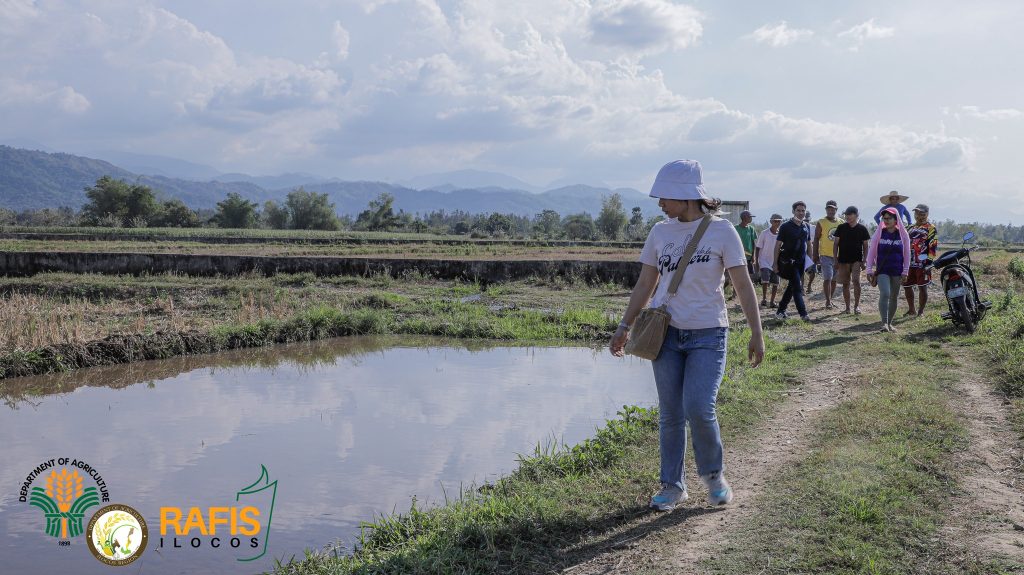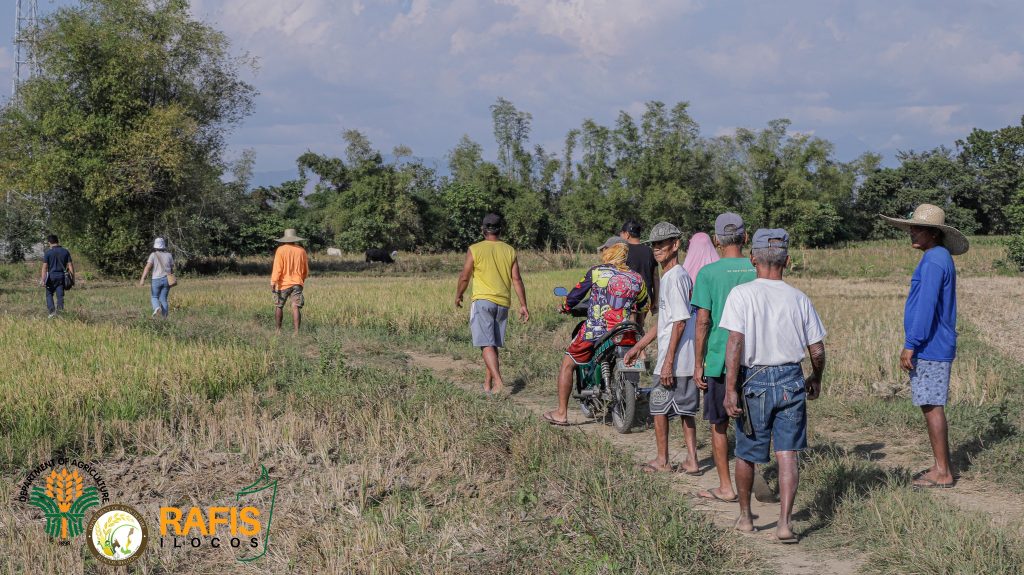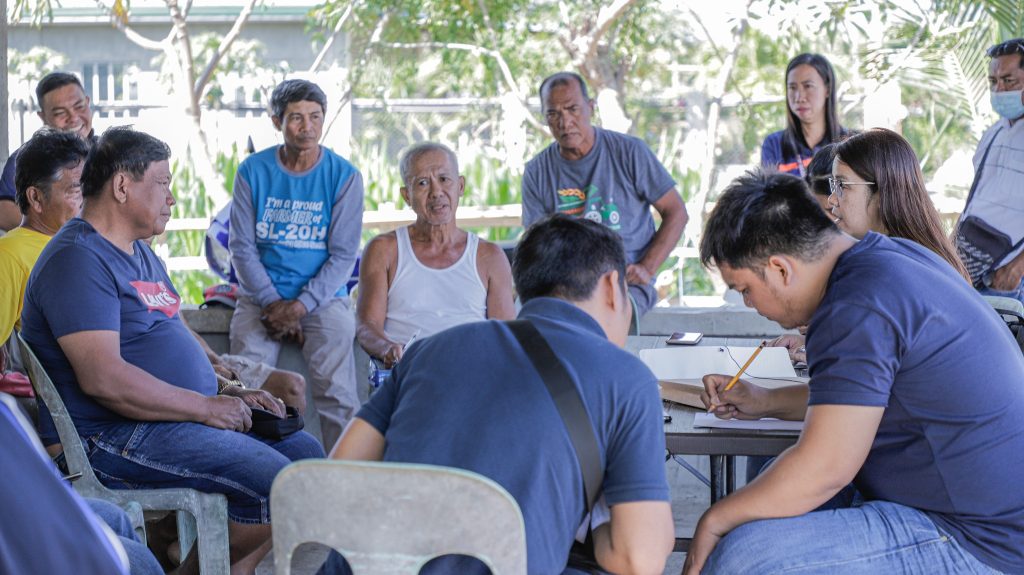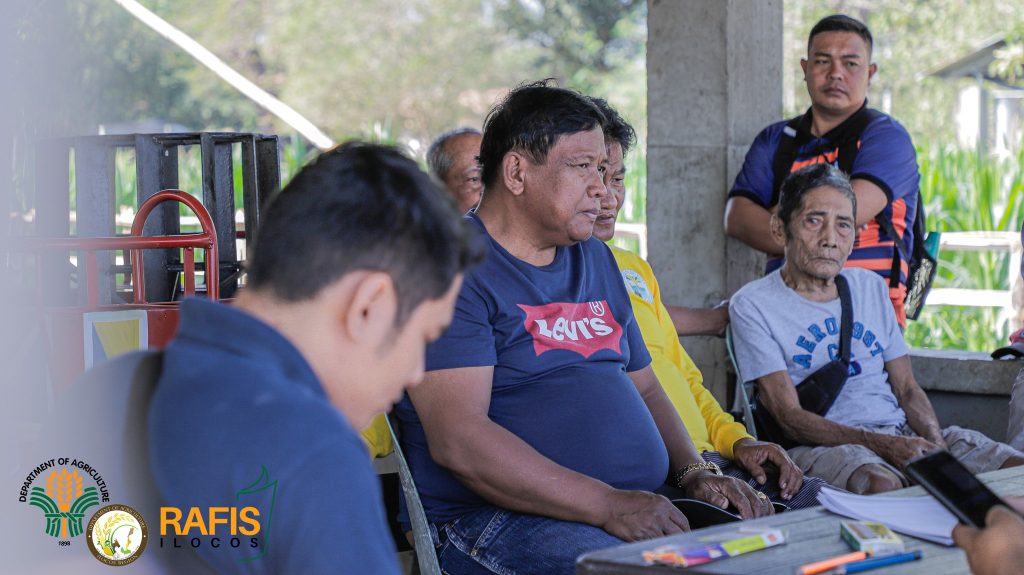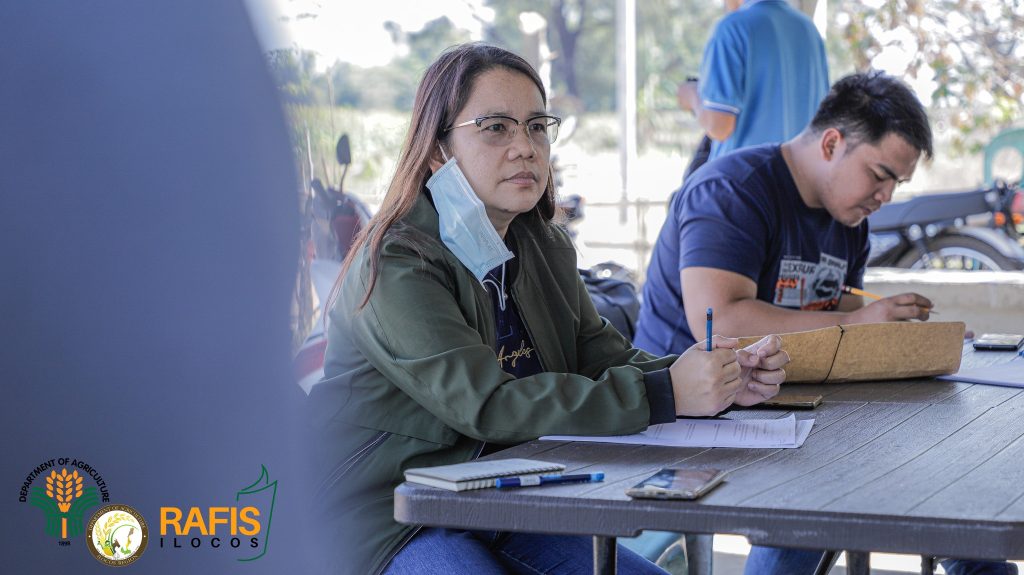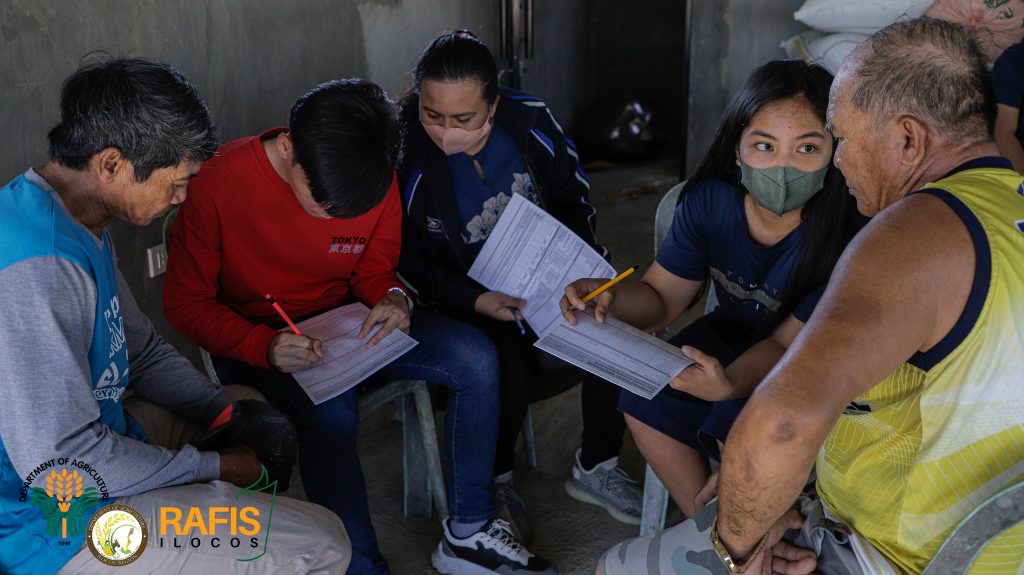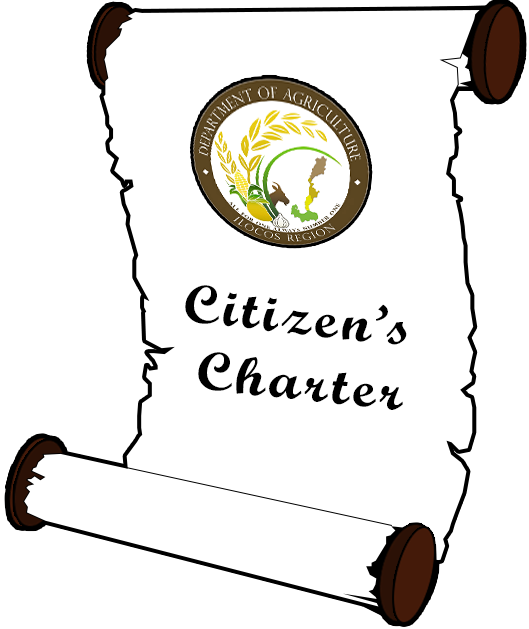Right after Typhoon Ompong devastated the country in 2018, the agriculture sector in Ilocos Region was left at a loss with Php 6.7B. Widespread damage to irrigation projects was reported, recording a total of Php306.15M.
Among the provinces of Ilocos Region, the province of llocos Norte was the most hit with damages amounting to PhP2.13 billion or 38.21% of the total region-wide damages.
The rice growing municipality of Solsona was adversely affected, incurring PhP17 Million worth of totally damaged diversion dams and communal irrigation systems in barangays Bagbag-Bubuos, Pagpatan, and Barcelona.
After the typhoon battered these areas, farmers struggled to find irrigation water which reduced farm output, yield, and income.
“Our brass dam was damaged. Canals were entirely blocked off and access routes to the dam were destroyed. So, we had a lot of problems back then,” said Reynaldo G. Mariano, 58, president of Zanjera SOLPIDING Farmers Association, Inc.
To address this, rehabilitation and improvement of irrigation system projects were implemented in 2019 by DA-RFO1 through funding support from the National Disaster Risk Reduction and Management Fund (NDRRMF).
Farmers in the municipality of Solsona were granted three irrigation system projects.
In Brgy. Barcelona, Zanjera Capiddigan Jambaro Rumaneng Farmers Association, Inc. was granted 2.4M funding for its improvement of diversion dam intake structure and canal lining.
Zanjera CadonJuanan Farmers Association, Inc in Brgy. Nagpatpatan and Zanjera SOLPIDING Farmers Association, Inc in Bgy. Bubuos received 2.7M and 3.5M, respectively, for its canal lining improvement.
Stronger and more disaster-resilient irrigation systems were built to reduce its vulnerability to future disasters which provided significant profits to farmers.
“The project was built with good and strong materials,” attested Noel Manaran, 49, president of Zanjera CadonJuanan Farmers Association, Inc.
A total service area of 447 hectares were restored from the targeted 376 hectares benefiting 386 farmers in 11 barangays in Solsona, Ilocos Norte.
Additionally, farmers now harvest two to three times annually instead of just one to two times.
The rehabilitation of irrigation projects resulted in an increase of 3,992 kgs. or 103% in rice productivity per hectare from 3,858 kgs. to 7,860 kgs. utilizing hybrid and inbred seeds.
Likewise, the corn production in the area recorded a growth of 17% or an additional 657 kgs., from 3,912 kgs to 4,569 kgs.
In terms of farm income, a growth of 32% was posted in rice net income per hectare and per cropping, from Php47,733 to PhP62,880. Income in corn production increased by 66%, from Php15,160 to Php 25,158 per hectare.
The increase in net income was attributed to the increased yield productivity and reduced production cost on fuel and labor utilized in the irrigation activities.
Farmers also saved an average of 20 hours in facilitating the irrigation of water from the systems to the crops. With the rehabilitation of the systems, watering for rice and corn per hectare ranges from 2 to 9 hours.
The saved time was utilized by farmers in doing other economic activities such as carpentry, livestock raising, taro “gabi” production and others to augment their income.
Much of the project’s success is attributed to the cooperation between farmers and the local government. Farmers had actively involved themselves from the initial construction phases of the project, up to its required maintenance activities at present.
“We have assigned groups and schedules for the maintenance of the irrigation systems,” said Ronnie Miranda, 63, president, Zanjera Capiddigan Jambaro Rumaneng Farmers Association, Inc.
Operations and maintenance activities of farmers were facilitated through the general conduct of periodic cleaning and clearing in the canals and surroundings of the irrigation systems. Per agreement, members not attending these activities including meetings are fined. Farmer-beneficiaries also pay an irrigation maintenance fee. Collected amounts serve as a revolving fund in facilitating operations and maintenance.
To date, farmers continue to maximize these irrigation projects to provide drinking water for their livestock, fish production, cultivate taro, and as source of water for household consumption. #PMED| RAFIS
